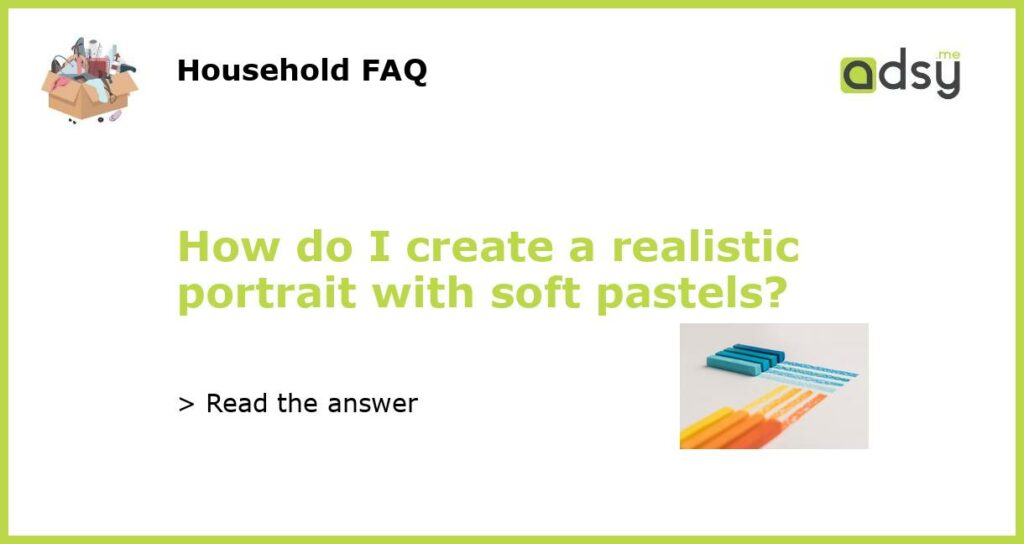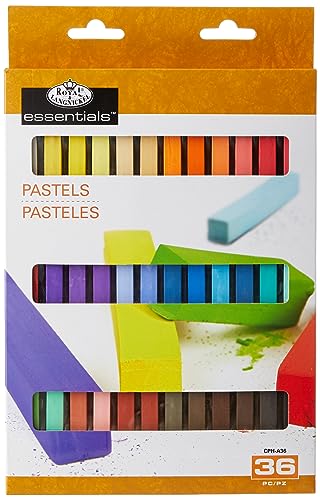Understanding the Basics of Soft Pastels
Creating a realistic portrait with soft pastels requires a good understanding of the medium. Soft pastels are made of pure pigment mixed with a binder, which gives them their soft and powdery texture. They come in a wide range of colors and can be easily blended for smooth transitions and gradients.
Selecting the Right Materials
To create a realistic portrait with soft pastels, it is important to use high-quality materials. Start by choosing pastel paper or a heavyweight drawing paper that has enough tooth to hold the soft pastel pigment. You will also need a range of soft pastel sticks or pencils in various shades and colors, as well as some blending tools like tortillions or blending stumps.
Building the Base Layers
Start by sketching the basic outline of the portrait using a light pencil or a pastel pencil. Then, begin building the base layers by lightly applying the soft pastel pigment. Start with lighter shades and gradually build up the layers with darker colors. Pay close attention to the values and tones, as they will determine the realism of the portrait. Use gentle and light strokes to apply the pastel, and avoid pressing too hard, as it can damage the paper.
Adding Details and Highlights
Once you have established the base layers, it is time to add the details and highlights to bring the portrait to life. Use a sharper pastel pencil or a fine-pointed pastel stick to add fine lines, textures, and small details. Keep in mind the direction of the light source and the play of light and shadows on the face. Use lighter shades to highlight the areas that catch the light and darker shades for the shadows and contours.
Blending and Refining
To achieve a realistic look, it is important to blend and refine the soft pastels. Use blending tools like tortillions or blending stumps to gently blend the layers and soften any harsh edges or transitions. Be careful not to overblend, as it can create a muddy appearance. Take your time in refining the portrait, adding more layers and details as needed until you are satisfied with the result.






